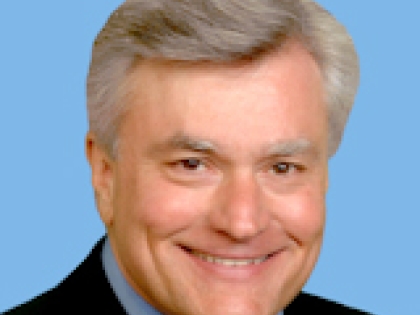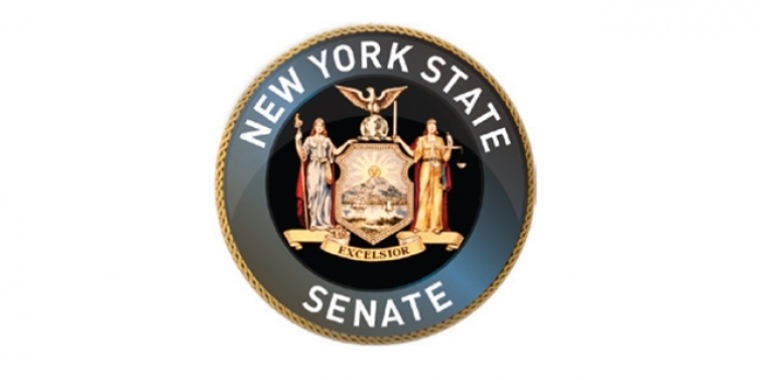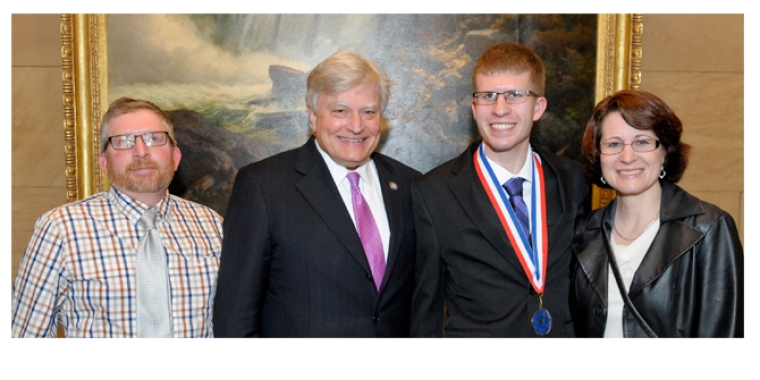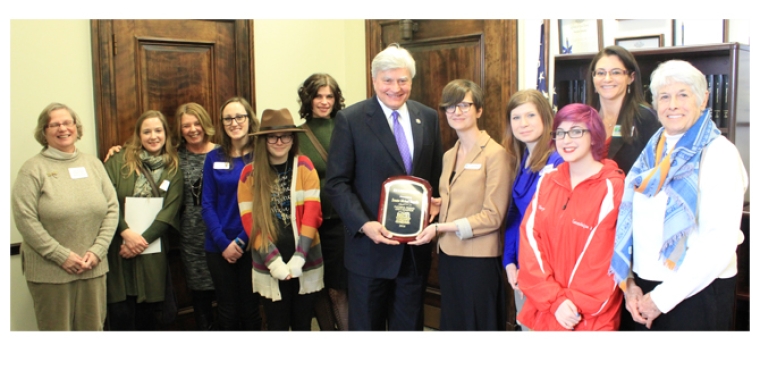
Senator Nozzolio: Tougher Medicaid Fraud Effort Needed to Stop Abuse and Save Tax Dollars
Michael F. Nozzolio
March 15, 2010
-
ISSUE:
- Insurance Fraud
Over one billion dollars a week!
That's how much taxpayers are paying for Medicaid in New York State!
Looking at Medicaid spending in New York, it is clear that a ticking time bomb is about to explode. New York State’s Medicaid program is unsustainable in its current form, putting other programs relied on by taxpayers in jeopardy and driving up local property taxes. Clearly, immediate action must be taken to reduce the cost of this program:
· New York State’s Medicaid spending has now escalated to nearly one-third of the State’s total budget!
· New York State spends twice as much on Medicaid than the state of California. and more than the states of Texas, Florida, and North Carolina combined!
· At $52 billion annually, New York spends one billion dollars on Medicaid every week!
· New York’s Medicaid program is larger than the total budgets of forty-three other States!
· Medicaid spending has increased 72 percent in the last decade, while enrollment has increased 67 percent!
· Fifty percent of all births in our State are paid for with Medicaid dollars!
· The U.S. Government Accountability Office estimates that as much as 10 percent of Medicaid expenses are diverted through fraud. Governor Paterson’s Executive Budget spends more than $51 billion on Medicaid, meaning as much as $5 billion could be fraud in the system!
There is no excuse for tolerating any fraud in a program that is the fastest-growing and single largest component of our State and county budgets. Medicaid fraud is costing billions of dollars and driving up local property taxes. Reports issued by the State Comptroller’s office have documented that tens of thousands of people in New York City alone are improperly enrolled in Medicaid!
In his Executive Budget, Governor Paterson set the State’s target for Medicaid fraud recovery at $1.1 billion, an increase of only $300 million from last year. We can do much better than recovering just $300 million more in fraud. New York’s Medicaid fraud recovery is far short of what it could be and still lags behind many other states. According to a report issued last month by the U.S. Department of Health and Human Services, New York ranks only 26th in the nation in Medicaid fraud recovery.
This is unacceptable for the State with the largest Medicaid program in the Nation. We must search out and recover every last dollar of Medicaid fraud, waste and abuse to reduce spending and ease the burden on local property taxpayers.
That is why my Senate Republican colleagues and I have initiated a special Task Force on Medicaid Fraud to aggressively investigate what savings can be gained from New York’s overburdened Medicaid system.
My colleagues on the Senate Republican Task Force on Medicaid Fraud will dig deep to find solutions to protect State taxpayers from a system that remains vulnerable to fraud and abuse. We will work closely with local and county officials to fight for fiscal accountability and integrity in the Medicaid program.
The downstate legislators in Albany are hindering our local officials in their efforts to stop Medicaid fraud. The 2009-10 State Budget, which I strongly opposed and voted against, eliminated the eligibility requirements for county-conducted face-to-face interviews, finger-imaging and asset tests for Medicaid applicants, conducted by counties. The interviews are intended to ensure accountability in the system, but will no longer be required after next month.
These safeguards need to be reinstated immediately so that we can reduce State spending and provide relief and economic opportunities to our taxpayers!
Our counties know what works in the Medicaid program and what doesn't, and where there may be areas of fraud and abuse. As the Legislature begins to negotiate the 2010-11 State Budget, the Task Force on Medicaid Fraud will continue to meet with county officials, district attorneys and experts in Medicaid fraud prevention technology to develop recommendations for improving the State’s Medicaid system.
By working together, we can implement a cost-effective and efficient method of delivering Medicaid services to our seniors and individuals who are most in need, while also lessening the burden on the taxpayer.
###
Share this Article or Press Release
Newsroom
Go to Newsroom


